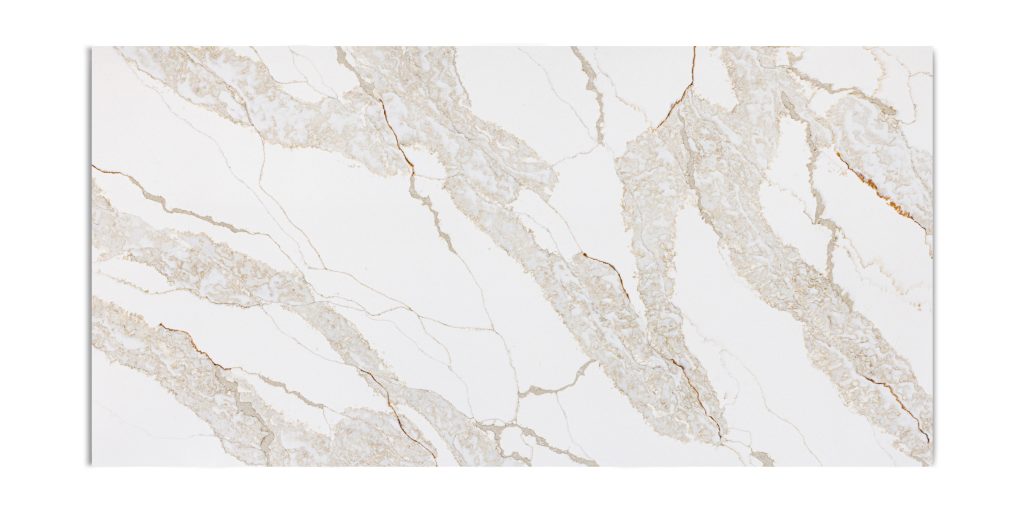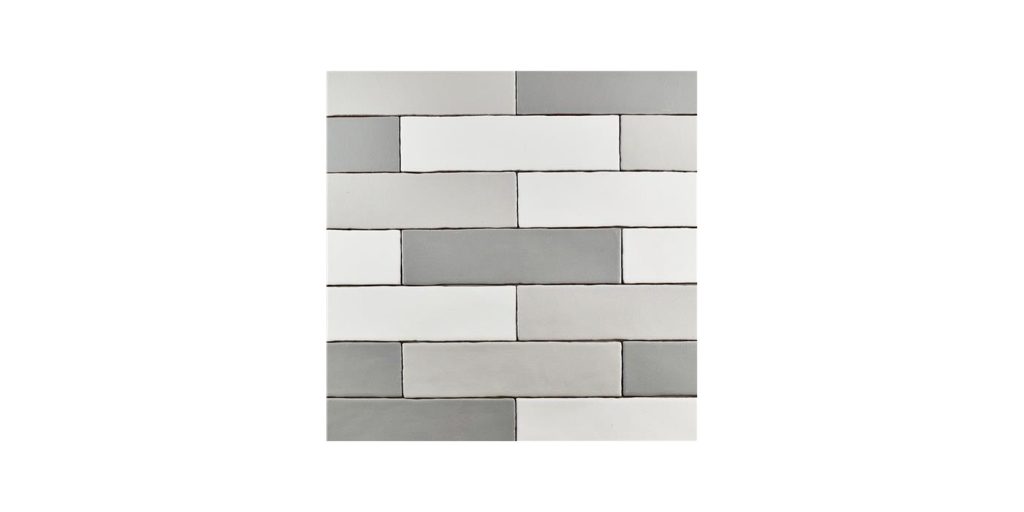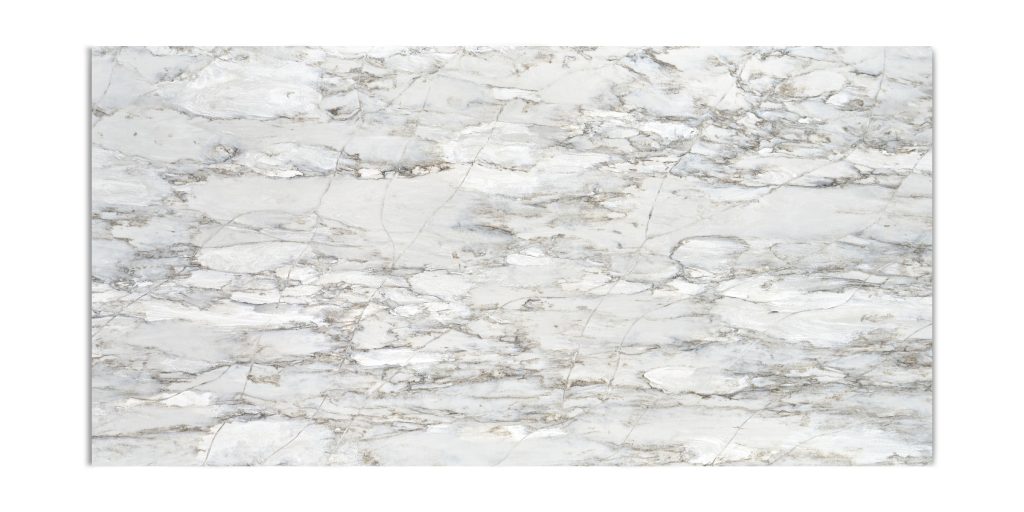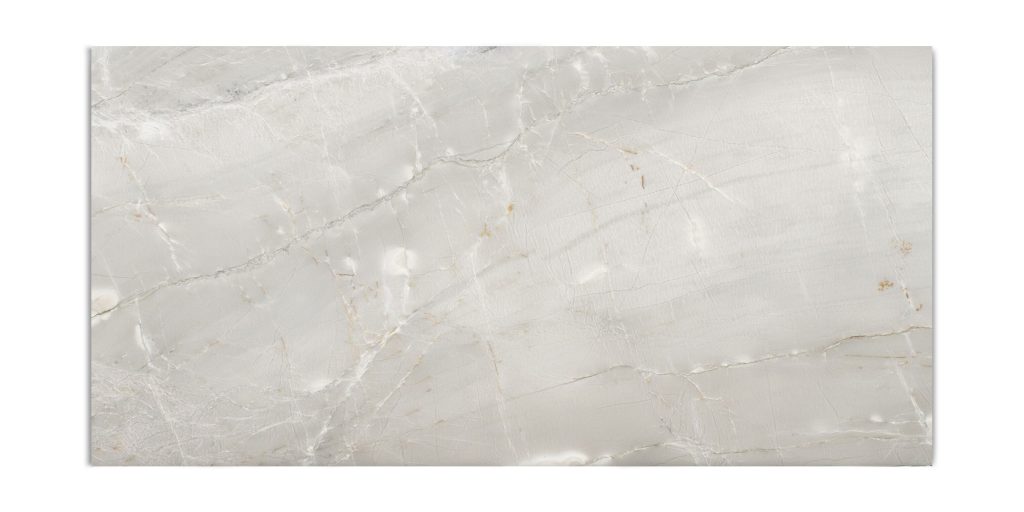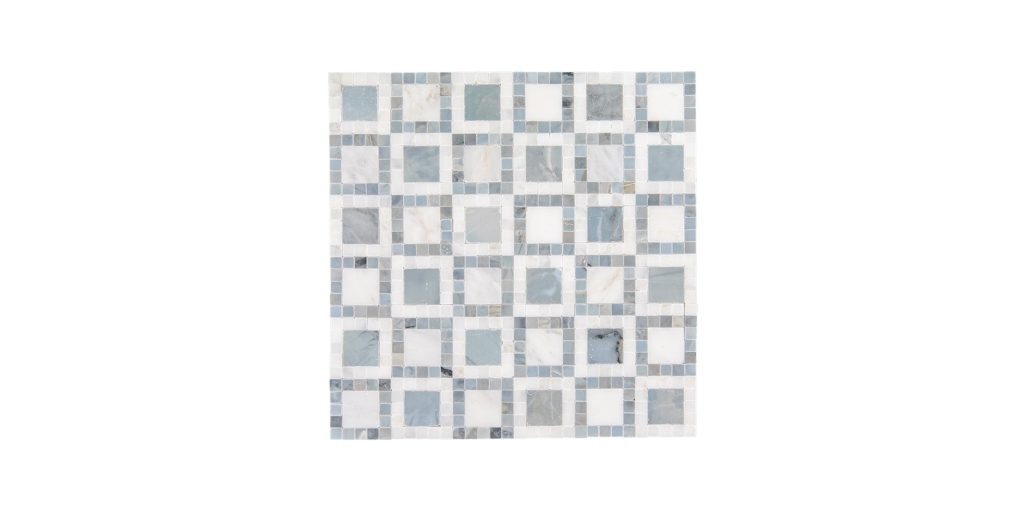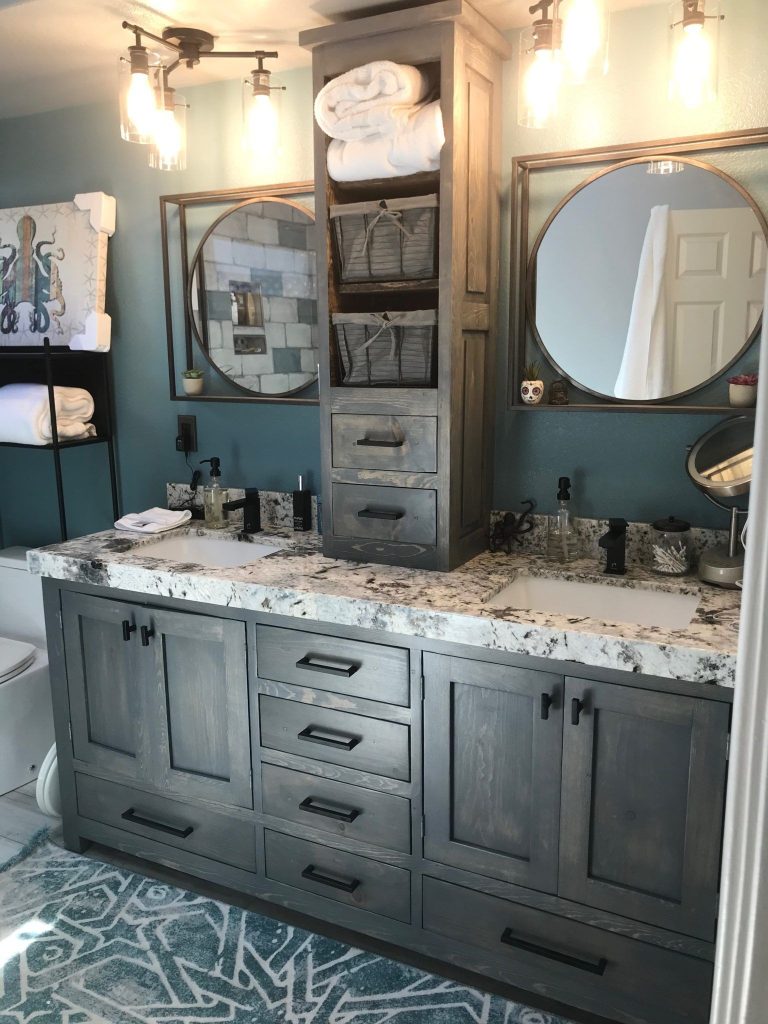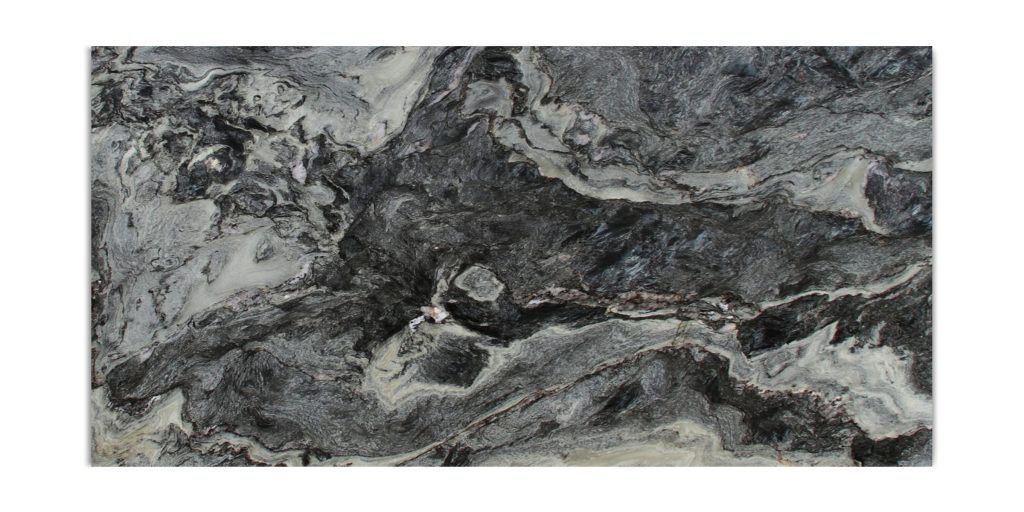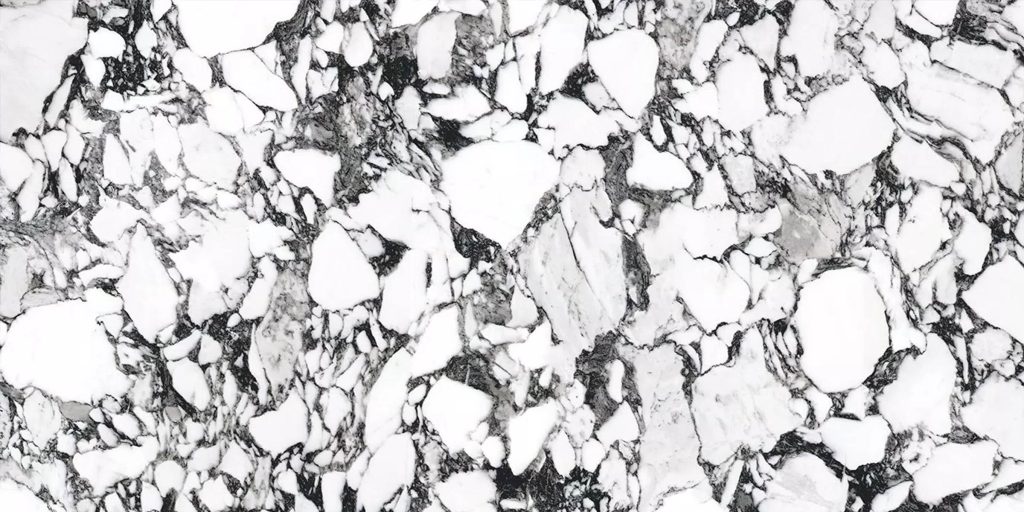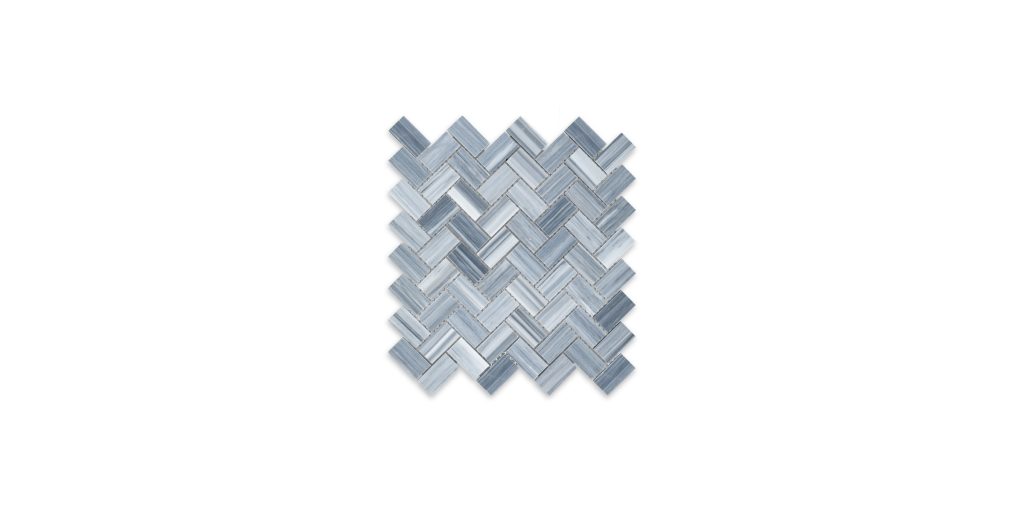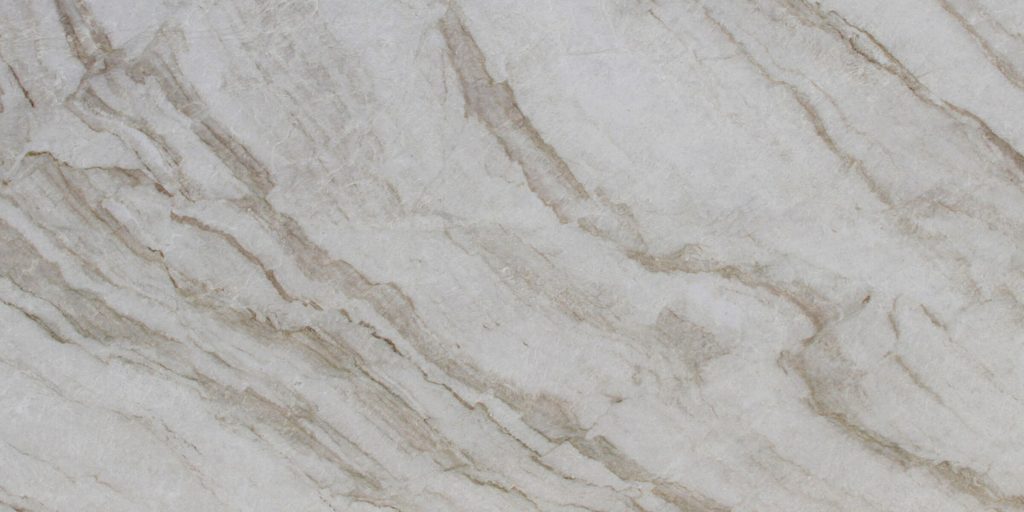Which is prettier granite or quartz?
Which is prettier granite or quartz? If you’re remodeling a kitchen or bathroom, one of the biggest design decisions you’ll face is choosing between granite and quartz countertops. Both are stunning, durable, and popular—but when it comes to looks, which material truly takes the crown?
The Beauty of Granite: Nature’s Original Artwork
Granite is a natural stone, quarried from the earth in large slabs. No two pieces are ever the same. Its appeal lies in its organic patterns, swirls, and specks of minerals like feldspar, quartz, and mica. Some slabs have dramatic veining; others feature subtle, earthy tones.
With granite, you’re essentially getting a unique, one-of-a-kind piece of nature’s art. If you love natural variation and don’t mind imperfections or irregular patterns, granite may speak to you more.
✔️ Best for: people who love natural beauty, variety, and earthy character.
The Elegance of Quartz: Consistency and Customization
Quartz countertops are engineered from crushed quartz stone mixed with resin. This manufacturing process allows for greater control over color, pattern, and texture. Quartz often has a more uniform, sleek appearance than granite. It can mimic natural stone or come in modern, solid hues.
If you’re aiming for a contemporary look, want specific colors (like pure white or deep black), or prefer consistency without unexpected veining, quartz might be the prettier option for you.
✔️ Best for: people who love clean lines, modern design, and predictable patterns.
So… Which Is Prettier?
The truth is, “pretty” is in the eye of the beholder. Granite offers a wild, natural beauty that can’t be replicated. Quartz delivers a polished, consistent elegance tailored to your style.
-
Want an organic, earthy, natural stone look? → Go for granite.
-
Want sleek, customizable, uniform aesthetics? → Choose quartz.
Neither is objectively “prettier”—it all comes down to the vibe you’re going for in your space.
Final Thoughts
So which is prettier granite or quartz? Whether you choose granite or quartz, both materials can create a stunning focal point in your home. Think about your overall design style, how much variation you like, and how the countertop will blend with your cabinets, flooring, and backsplash.
At the end of the day, the prettiest countertop is the one that makes you smile every time you walk into the room.

